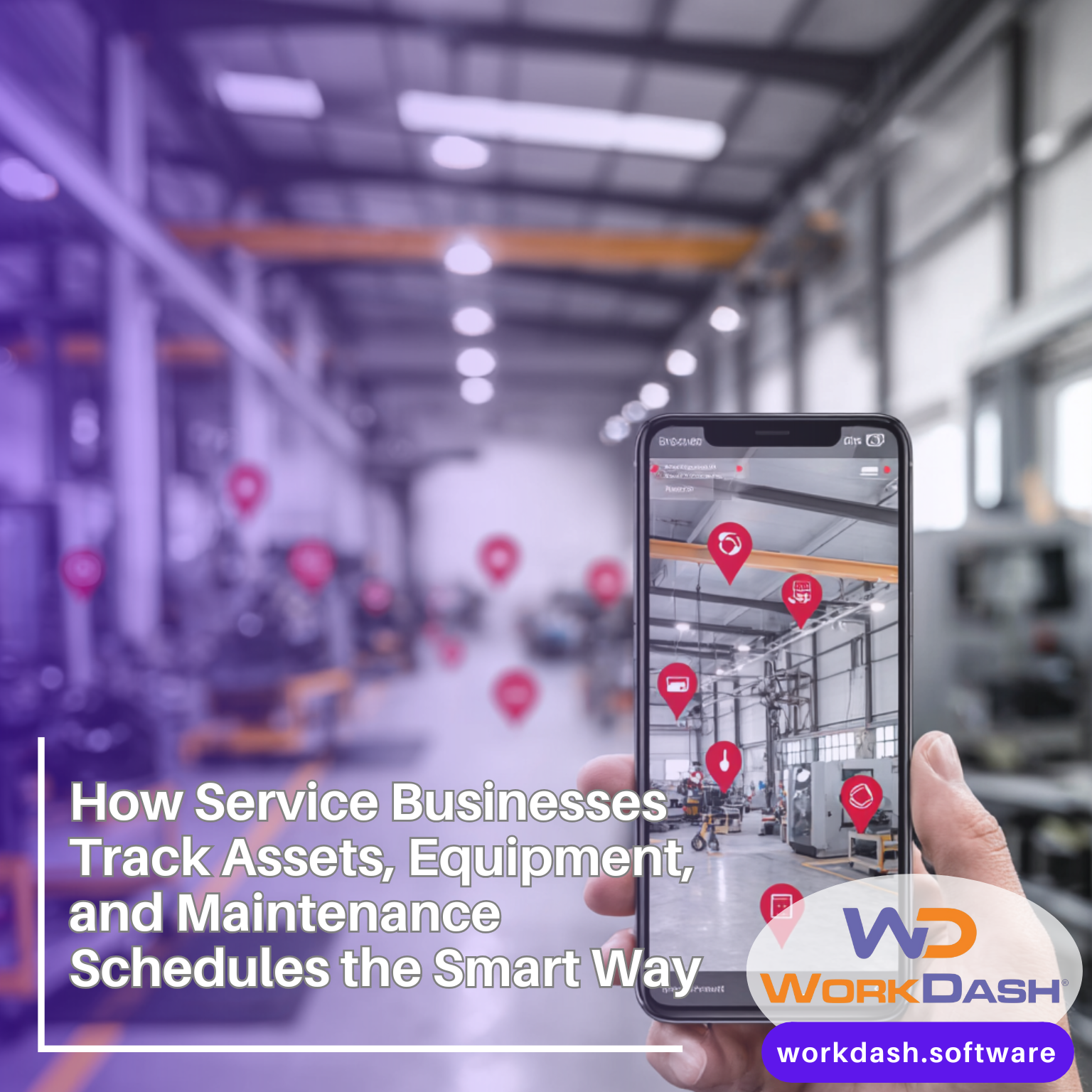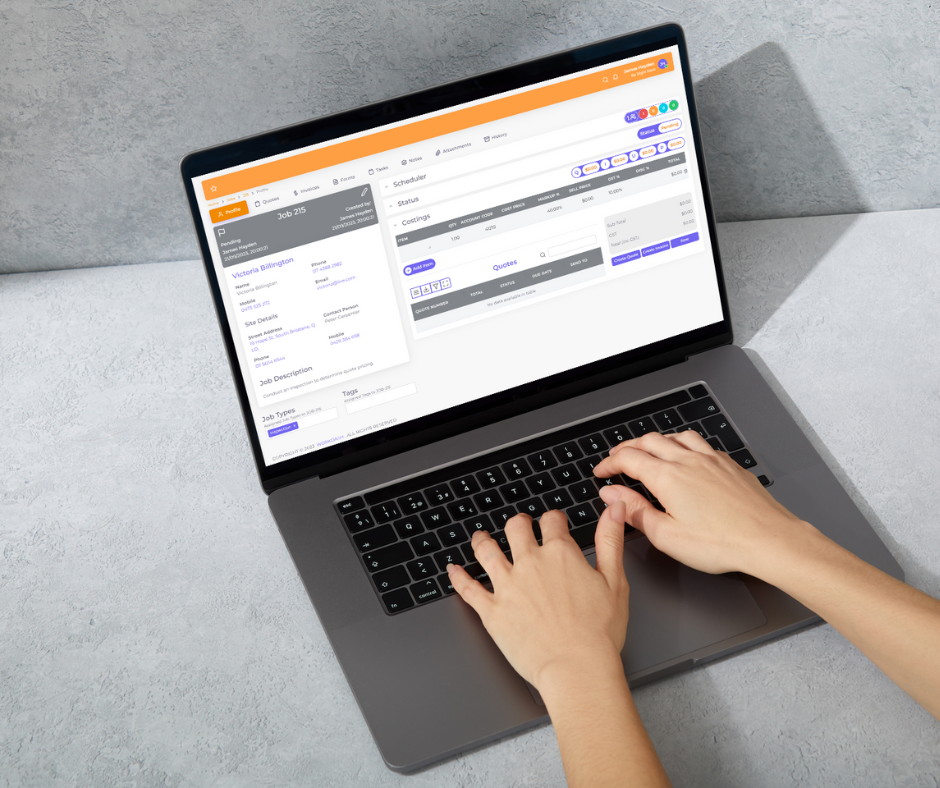Table of Contents
Customer education is more than a support function; it’s a strategic approach that empowers your customers to succeed with your products and services. By guiding customers on how to use and maximise your offerings, businesses can improve satisfaction, reduce support tickets, and foster long-term loyalty.
This article dives into the importance of customer education, its benefits, strategies, and examples to help you build an effective customer education program.
What is Customer Education?
Customer education is the process of equipping customers with the knowledge and skills they need to use your product or service effectively. This includes onboarding, training, and providing ongoing resources to enhance their experience throughout the customer journey.
Why do we need to educate our customers?
- Improves Customer Satisfaction: Educated customers can better navigate your product, leading to improved user experiences.
- Reduces Support Tickets: When customers know how to solve common issues, they rely less on your support team.
- Boosts Retention and Loyalty: Customers who feel confident using your product are more likely to remain engaged.
- Drives Product Adoption: Educating your customers ensures they explore and use your product’s full potential.
Benefits of Customer Education
- Empowering Your Customers: Providing resources like webinars and educational content empowers customers to become proficient users.
- Enhancing Customer Success: An effective customer education strategy ensures that customers achieve their goals with your product.
- Improving Brand Loyalty: Educated customers tend to become brand advocates, spreading positive word-of-mouth.
- Reducing Onboarding Time: A structured customer onboarding program accelerates the learning curve for new users.
- Increasing Revenue: Satisfied customers are more likely to renew subscriptions, upgrade plans, or purchase additional services.
How do you educate customers?
Step 1: Identify Customer Needs
Start by understanding your customers’ pain points and knowledge gaps. This can be achieved through customer feedback and analysing support queries.
Step 2: Define Goals and Metrics
Set clear objectives for your education program, such as reducing support tickets, improving customer satisfaction scores, or increasing product adoption.
Step 3: Create Engaging Educational Content
Develop a variety of materials, including:
- Product Demos: Show customers how to use your product effectively.
- Knowledge Base Articles: Provide step-by-step guides for common tasks.
- Webinars: Host live sessions to address specific use cases.
- Online Courses: Offer structured learning modules for in-depth training.
Step 4: Use a Learning Management System (LMS)
A robust LMS helps you manage, deliver, and track your customer education content.
Step 5: Implement and Monitor
Roll out the program and track its impact on customer satisfaction, retention, and engagement.
Customer Education Strategy: Best Practices
Tailor Content to Different Stages of the Customer Journey
- Provide basic onboarding for new customers.
- Offer advanced training for long-term users.
Use Multiple Formats
- Combine video tutorials, webinars, and written guides to cater to diverse learning styles.
Leverage Personalisation
- Customise content based on customer segments, roles, or specific needs.
Keep it Accessible
- Ensure your educational content is easy to find and navigate, whether it’s on your website, app, or LMS.
Incorporate Feedback Loops
- Regularly collect customer feedback to improve and expand your education program.
Examples of Customer Education Content
Providing a variety of customer education content ensures that businesses meet the diverse learning needs of their audience. By using formats like knowledge bases, webinars, and onboarding emails, you can effectively educate your customers about your product and create a seamless learning experience. Let’s take a look at these customer education examples in detail.
1. Knowledge Base: Empowering Independent Learning
A knowledge base serves as a comprehensive self-service portal containing FAQs, troubleshooting guides, and how-to articles.
- Why It Works: Customers can find answers independently without relying on customer support.
- How It Helps: It enables new and existing customers to quickly resolve issues, reducing support tickets and improving their experience.
- Best Practice: Keep your knowledge base well-organised with categories and search functionality, ensuring users can navigate easily.
Example: A SaaS company offering detailed troubleshooting guides in its knowledge base saw a significant improvement in customer retention by reducing time-to-resolution for common issues.
2. Product Demos: Enhancing Visual Learning
Product demos are interactive tutorials or video walkthroughs designed to show customers how to use your product effectively.
- Why It Works: Visual learning is impactful, helping customers grasp complex processes or features.
- How It Helps: Demos highlight key features and help users achieve success with your product faster.
- Best Practice: Offer on-demand video tutorials alongside live demos to cater to different learning preferences.
Example: A tech company providing interactive product demos during the onboarding phase increased customer engagement by showcasing advanced features users might have missed.
3. Certification Programs: Encouraging Deeper Engagement
Certification programs deliver structured customer training through online learning platforms, allowing customers to earn credentials by completing modules.
- Why It Works: Certification programs motivate users to dive deeper into your product and its applications.
- How It Helps: Customers gain advanced product knowledge, boosting their confidence and loyalty.
- Best Practice: Align certifications with customer roles and industry standards to make them valuable.
Example: An analytics platform offering certifications helped current customers master advanced reporting tools, leading to improved customer satisfaction scores and brand advocacy.
4. Webinars: Connecting in Real-Time
Webinars are live or recorded sessions where businesses engage directly with customers to address specific needs or pain points.
- Why It Works: They allow for real-time interaction, creating a personal connection.
- How It Helps: Customers feel heard and supported, which enhances their overall experience.
- Best Practice: Incorporate Q&A sessions to clarify customer concerns and gather customer feedback.
Example: A marketing software provider using webinars to explain advanced campaign strategies saw an increase in customer engagement and product adoption.
5. Onboarding Emails: Guiding New Customers
Automated onboarding emails introduce new customers to your product and guide them through the setup process.
- Why It Works: Emails create a structured and timely approach to educating users.
- How It Helps: Helps customers quickly integrate your product into their daily workflow, reducing drop-off rates during the customer lifecycle.
- Best Practice: Include tips, feature highlights, and links to additional resources to ensure a smooth transition.
Example: A project management tool sending personalised onboarding emails based on customer preferences saw a 30% faster setup time, improving the customer experience.
6. Video Tutorials: Step-by-Step Video Guides Explaining Your Product’s Features
Video tutorials are a powerful way to educate your customers, especially those who prefer a visual learning experience. Step-by-step video guides are especially effective in showing your customers how to use your product, demonstrating its features and benefits in action. These videos provide a more engaging and interactive approach compared to written instructions, which is why they’re a popular form of customer education.
In your video tutorials, be sure to provide clear narration alongside visual cues. It’s important to slow down the pace and explain each step in detail, ensuring that customers fully understand how to use your product. A customer education team or customer success manager can assist in creating video content that resonates with your target audience.
Best Practices for Video Tutorials:
- Start with the Basics: For new customers, create videos that introduce them to key product features before diving into more advanced topics.
- Use Clear and Simple Language: Speak directly to your customers, using simple language that’s easy for them to follow.
- Engage with Interactive Content: Incorporate quizzes or calls to action within videos to encourage viewers to interact with the content, improving customer education.
Video tutorials not only help customers master your product but also contribute to a positive customer experience by providing easy access to critical information. Video-based education can even enhance brand awareness, as customers share helpful content with their networks.
7. Frequently Asked Questions (FAQs): Reduce Frustration and Improve Customer Experience
A well-structured FAQ section is one of the most effective forms of customer education. By addressing the most common customer concerns in a dedicated FAQ section, you provide customers with immediate access to answers, reducing frustration and preventing unnecessary support inquiries.
The FAQ section is particularly helpful for customers who need quick, clear answers to specific questions without having to reach out to your customer support team.
Including a comprehensive FAQ as part of your customer education program allows customers to learn at their own pace, providing them with important information whenever they need it. By addressing potential pain points in your FAQs, you can improve customer satisfaction and guide customers effectively through common issues.
Best Practices for FAQs:
- Organise by Categories: Group related questions together for easier navigation.
- Keep Answers Concise and Actionable: Provide direct solutions to common issues, ensuring customers can quickly resolve their concerns.
- Update Regularly: Continually monitor and update your FAQ section based on customer feedback and new product updates.
By educating your customers through FAQs, you empower them to troubleshoot common problems independently, which also improves the efficiency of your support staff.
8. Product Manuals: Offer Downloadable PDFs or Web-Based Manuals
Product manuals are a staple of customer education, providing comprehensive and detailed explanations of how to use your product. Offering downloadable PDFs or web-based manuals ensures that customers have access to important documentation at any time, whether online or offline. Detailed product manuals guide customers through the product’s features, capabilities, and troubleshooting steps, helping them become more self-sufficient.
By including comprehensive information on installation, configuration, and maintenance, product manuals act as an essential part of your education program, ensuring your customers have the tools they need to succeed. A well-designed manual not only improves the customer experience but also reduces customer reliance on your support staff, leading to a more scalable approach to customer education.
Best Practices for Product Manuals:
- Provide Searchable Content: Make it easy for customers to find the information they need by creating a searchable index or table of contents.
- Include Visuals and Diagrams: Break up long blocks of text with diagrams, screenshots, or illustrations to make complex topics easier to understand.
- Offer Multiple Formats: Provide your manual in both PDF and web-based formats to accommodate different customer preferences.
Effective product manuals enhance customer education, giving customers the confidence to master your product and become loyal users. With proper manuals, your customers can gain a deeper understanding of your product, enabling them to get more value and improving customer retention rates.
Customer Education Examples: Real-World Success Stories
1. HubSpot Academy
HubSpot’s free training resources include courses, tutorials, and certifications to help users become proficient in marketing and sales.
2. Canva Design School
Canva offers step-by-step tutorials and live classes to teach users how to design effectively with its tools.
3. LinkedIn Learning
This platform provides in-depth courses for LinkedIn’s premium users, helping them maximise networking and professional growth opportunities.
How Effective Customer Education Improves the Customer Experience
1. Simplifies Onboarding
A well-designed customer education program accelerates the onboarding process, ensuring users quickly become familiar with your product.
2. Increases Engagement
Educated customers are more likely to engage with your product regularly and explore advanced features.
3. Enhances Customer Success
Providing valuable training ensures that customers achieve their desired outcomes with your product or service.
4. Builds Confidence
Confidence in using your product reduces frustration and fosters long-term loyalty.
Using Technology for Customer Education
Learning Management Systems (LMS)
An LMS is essential for managing and delivering training materials, tracking progress, and evaluating program effectiveness.
Interactive Tools
Incorporate tools like interactive product walkthroughs to create an engaging learning experience.
Analytics and Reporting
Use analytics to measure the impact of your customer education strategy, including metrics like completion rates and customer satisfaction.
Conclusion: Empower Your Customers Through Education
Customer education is a powerful way to improve customer satisfaction, enhance engagement, and build lasting loyalty. By providing targeted educational content and designing an effective customer education program, businesses can empower their customers to achieve success with their products.
Start developing your customer education strategy today and give your customers the knowledge they need to thrive with your offerings. Empowered customers aren’t just more satisfied—they’re advocates for your brand’s success.
By leveraging WorkDash to manage your customer relationships, you can improve retention rates and build customer loyalty, ultimately driving sustainable business growth and achieving your long-term business goals.





